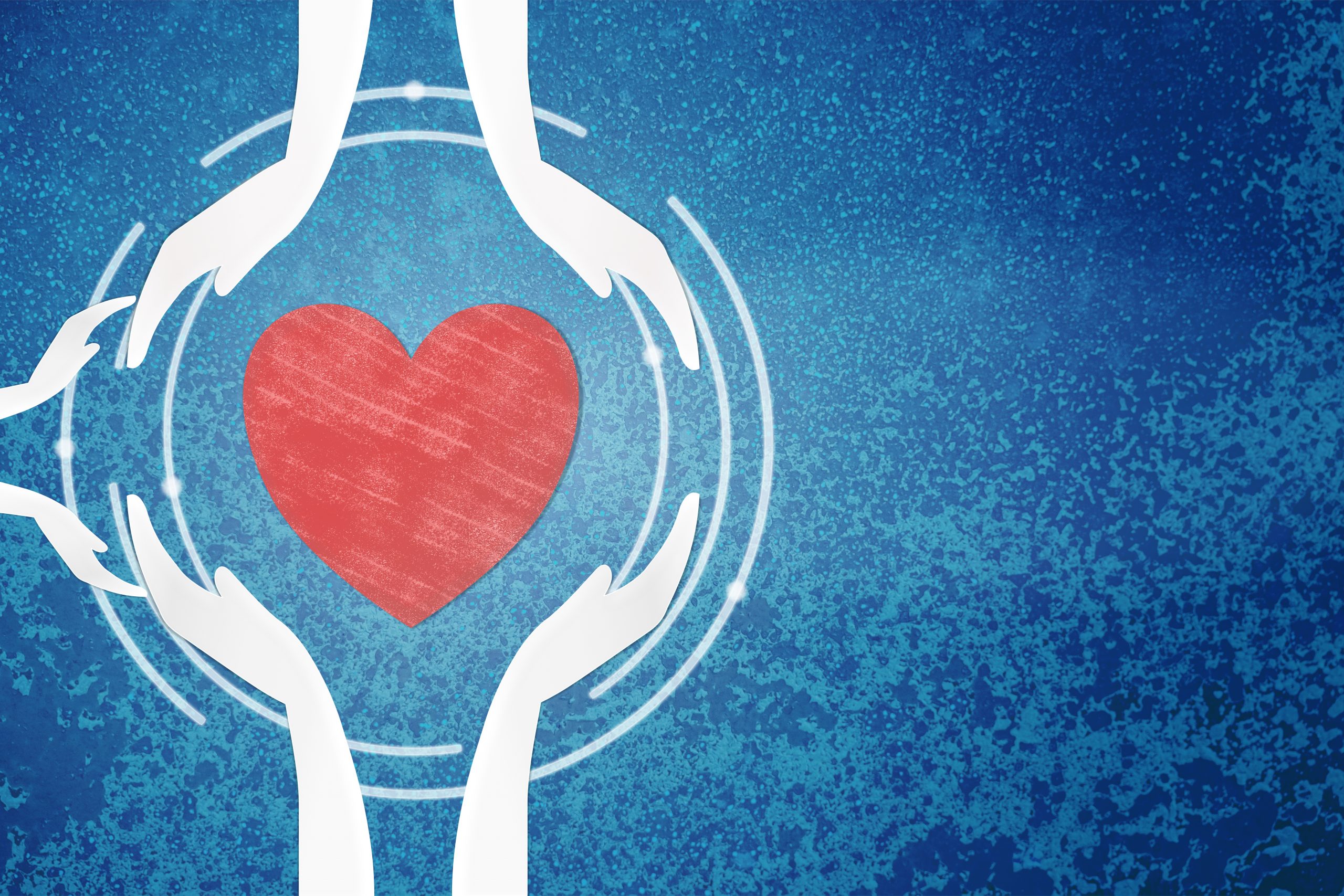The first-ever global report on cardiovascular disease in women has now been published in The Lancet and calls for urgent action to improve the prevention, care and treatment of heart disease in women worldwide.
The report reveals that heart, stroke and blood vessel disease in women I understudied, under-recognised, underdiagnosed and undertreated, with women also under-represented in clinical trials.
It outlines 10 recommendations to tackle these inequalities in the diagnosis, treatment and prevention of heart disease in women.
The recommendations also include health professional and patient education, increasing the delivery of heart health programs and prioritising sex-specific research on heart disease in women.
“We know that more needs to be done to increase awareness of heart disease in and among women. But more work is also needed to address knowledge gaps and the barriers women face in getting access to services that best meet their needs,” says Heart Foundation Director of Health Strategy, Julie Anne Mitchell.
“This report reinforces that strategies to reduce heart disease in women should be targeted to the most vulnerable people globally, including Aboriginal and Torres Strait Islander women in Australia … [who] are almost twice as likely as non-Indigenous women to have heart, stroke and vascular diseases.”
Ms Mitchell adds that the Heart Foundation backs “the report’s call for culturally sensitive primary and secondary prevention programs for Indigenous women and women from disadvantaged areas to ensure we can reduce the devastating impact of heart disease”.
“We also support the report’s finding of the barriers that exist to healthcare for women living in disadvantaged, rural and remote areas,” she says.
“As the authors indicate, telehealth is one of the essential tools to address inequity by delivering heart health care to women no matter where they live.
“These measures will help address the challenges we know women face when it comes to their heart health, such as delays in diagnosis and not always receiving the same life-saving treatments as men.”
To read the report, visit: thelancet.com/commissions/women-cardiovascular-disease










